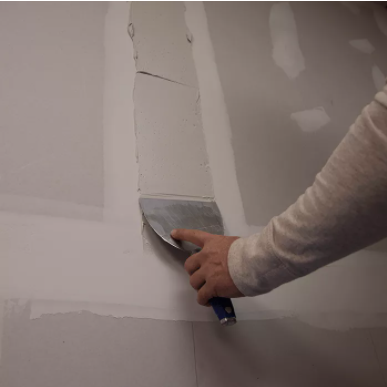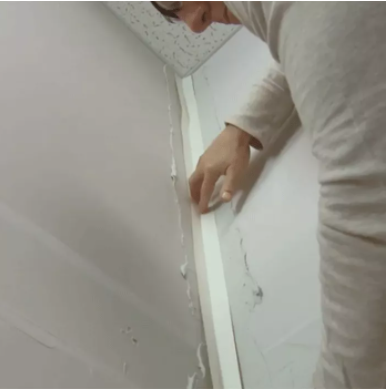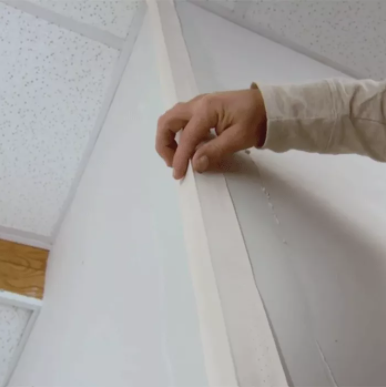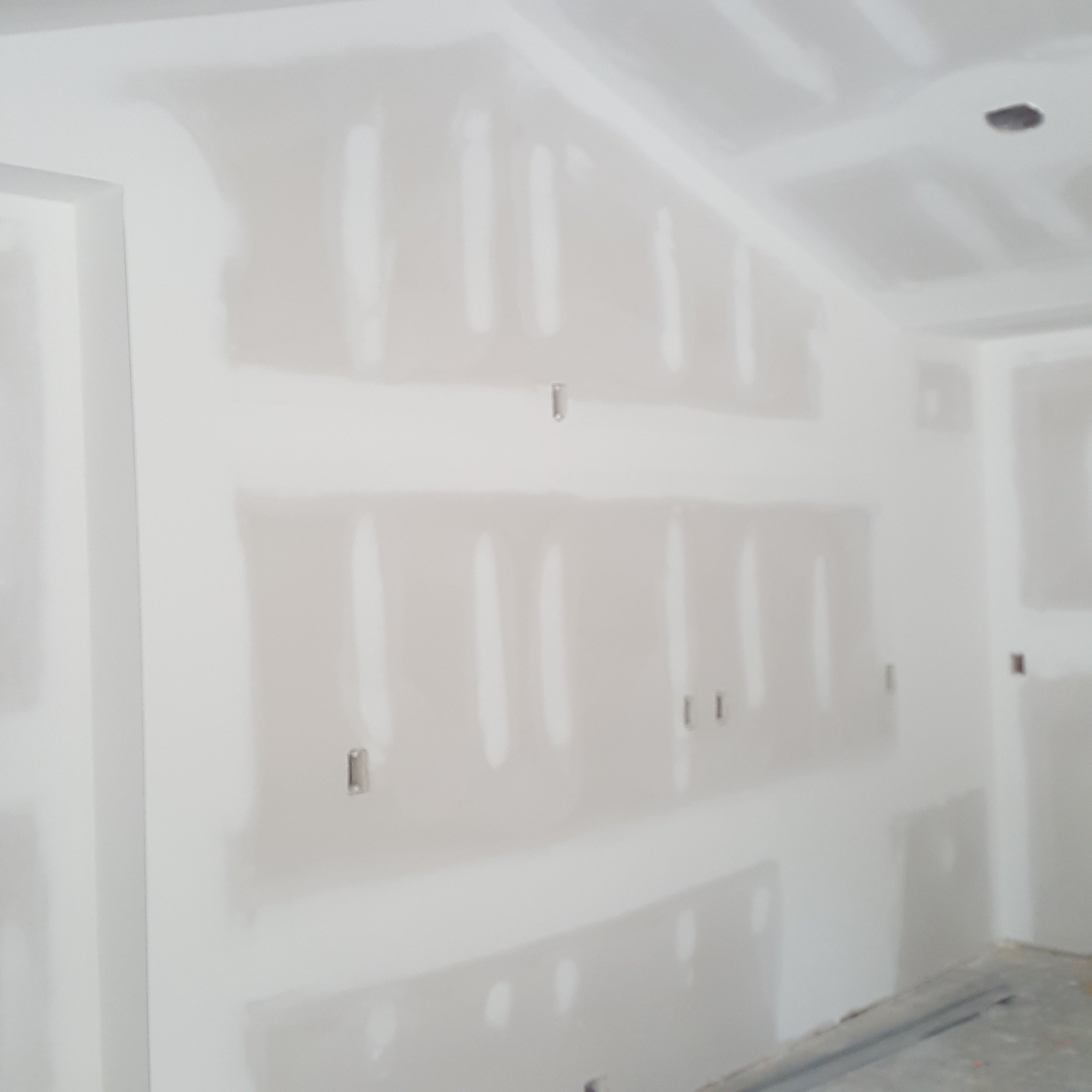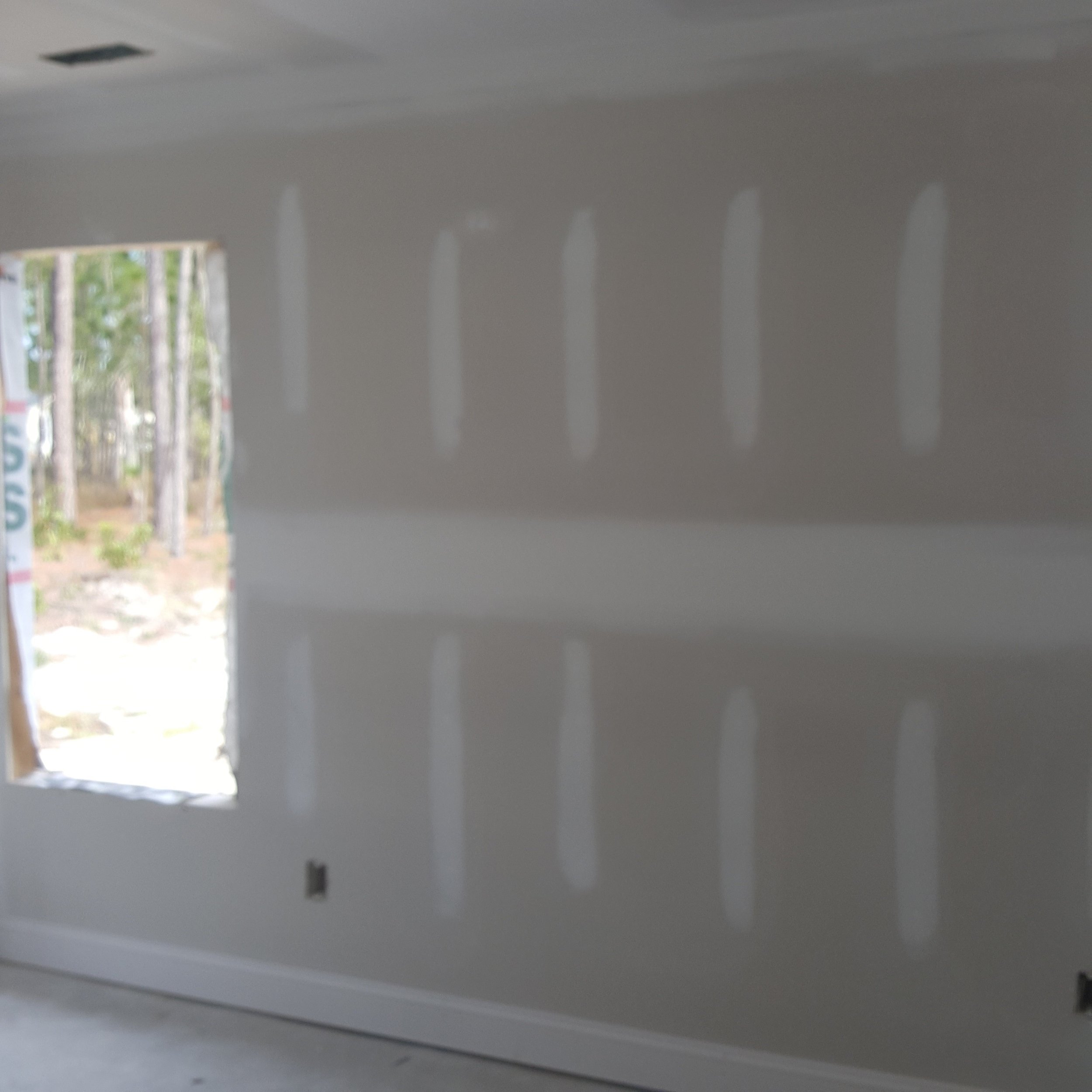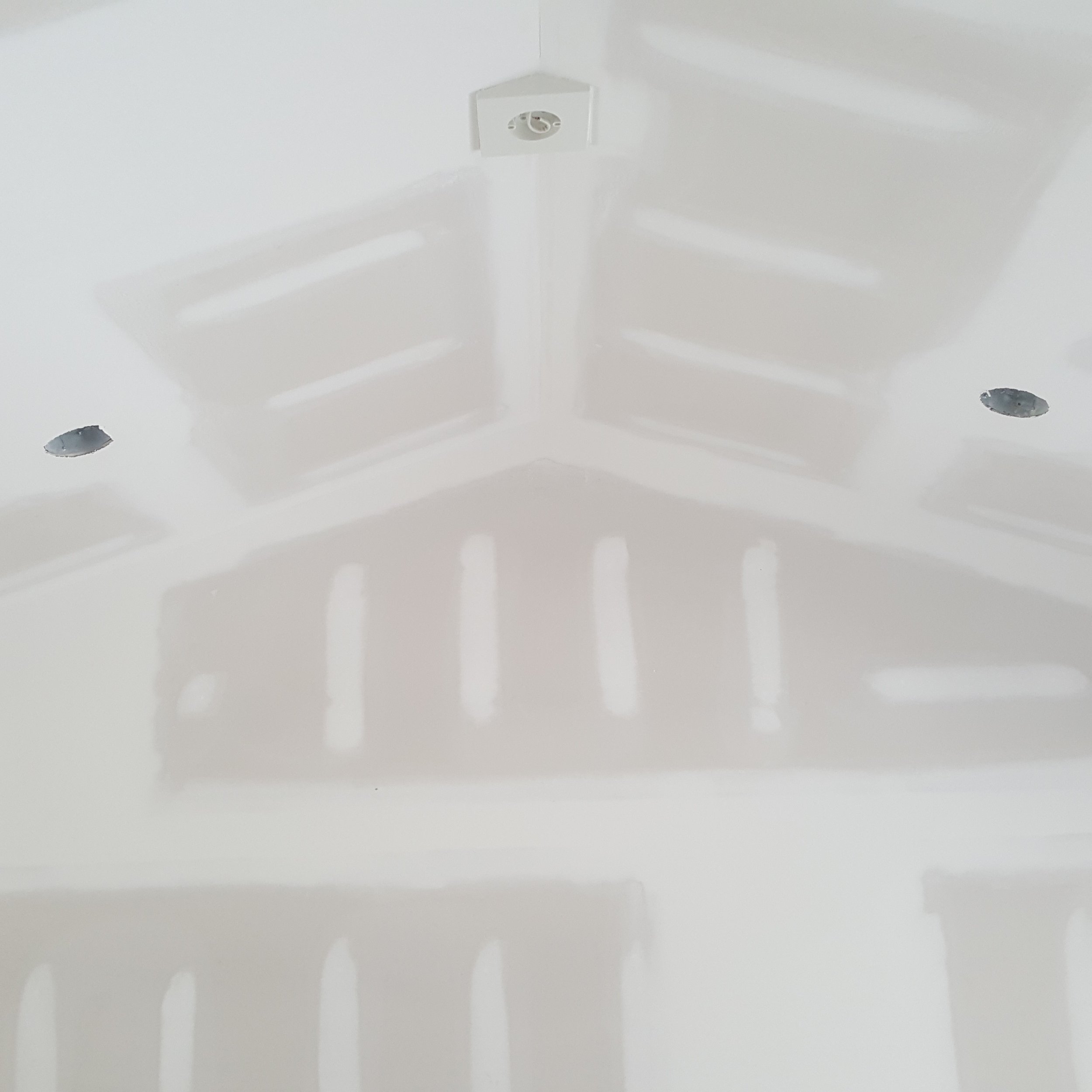HEADING INTO THE HOME STRETCH: INSTALLING DRYWALL
After electrical, plumbing, and HVAC, inspections, and insulation installation are complete, exterior and interior wall surfaces are covered and finished. On the outside, brick, stucco, stone, or siding goes up, and on the inside drywall is installed. The drywall phase of home construction is where the home takes on a more finished form — rooms are separated and divided, providing the homeowner a visual of each space.
What is Drywall?
Drywall is an engineered product that replaced plaster as the most common interior surface. It is compressed Gypsum in-between two sheets of thick kraft paper or fiberglass matting, usually in 4’ x 12’ sheets. The most common thickness of drywall used in residential interior construction is ½”. This drywall thickness is recommended for walls with studs placed 16 inches on center. If the wall studs are placed 24 inches on center, a 5/8” drywall is recommended. A curved wall such as an archway requires ¼” or 3/8” thick drywall, which can be bent around the surface. In addition, depending on the manufacturer, certain additives, such as anti-mildew and fire-resistant materials, are mixed with the gypsum plaster before applying the paper.
The Drywall Process
The drywall process is straightforward with an end goal to create the fewest number of seams as possible. The first step involves cutting the drywall pieces to shape and cover every surface, such as walls and ceilings and around windows, doors, and outlets. Drywall sheets are cut, scored, and fractured. The drywall sheet is then attached with nails or screws to studs on walls and ceilings, typically every 12-18 inches.
While the next series of steps appear tedious, these stages require the most skill and tenacity. Drywall contractors will:
Cover joints and screwheads with joint compound
Apply paper tape into fresh compound
Smooth the tape and press into compound, repeat in other direction
Compound, tape, and smooth inside and outside corners
Sand the first coat
Apply second and third coats
Sand second and third coats
With sanding complete, walls and ceilings can be painted or covered with wallpaper.

